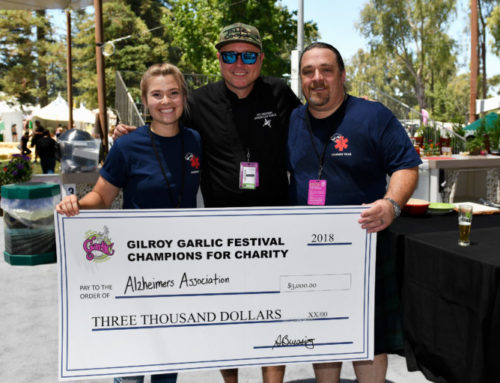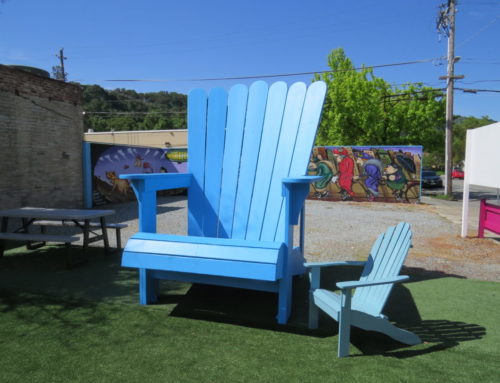Volunteers keep cats at foster homes
By Marty Cheek
Last year, 904 cats and kittens found loving homes from Palo Alto to Gilroy thanks to the efforts of Town Cats of Morgan Hill. The nonprofit organization works to make life better for feline friends.
“Even though our name is Town Cats of Morgan Hill, we serve all of Santa Clara County,” said Ann Wondolowski, executive director. “We’re a cat rescue organization. We take cats in through people who find kittens as well as adult cats, and we work with shelters in Santa Clara County such as the San Martin shelter.”
The group was founded in 1997 by Morgan Hill resident Rosi Merko as an adoption center and sanctuary to help cats that didn’t have any place to turn to and might be euthanized in overcrowded animal shelters. About half of the animals Town Cats helps find homes for come from seven shelters in the county.
“Town Cats is a no-kill shelter. When the city and county shelters run out of space, the animals have to be euthanized because the animals coming in need room,” Wondolowski said. “We never euthanize an animal unless it’s for a medical reason.”
Most of the cats helped by the organization are adopted as a pet for a family or individual, but Town Cats also places them at local farms to catch mice and rats.
“We have a working cats program where in some cases when the cats don’t want to be a 100 percent indoor type of pet but are friendly enough, they’ll go to an indoor/outdoor adoption such as someone’s yard or a winery or someone out in the country who has a barn and they want the cats for rodent control,” Wondolowski said. “We try to find homes for all of the cats in our care whether they are a perfect home cat or a working cat or somewhere in between.”
The trap/neuter/release program Town Cats runs helps control the feral cat population. In unincorporated areas of the county, cats roam wild and breed in the spring and summer. Town Cats uses humane traps to catch these cats and take them to a vet to be spade or neutered. Volunteers called “Feral Freedom Drivers” then transport the cats to where they were originally caught. Last year, 4,000 feral cats went through this program countywide.
Wondolowski calls Town Cats a “virtual organization” because many of the cats are kept at foster homes by volunteers until they are adopted through people finding them on the organization’s website. There are also two small locations in Morgan Hill where the cats are kept. Town Cats also partners with animal supply stores such as Petco and Pet Food Express where the cats are kept in kennels so shoppers who go to the stores can see them and perhaps take them home as pets. On weekends, Town Cats also holds adoption fairs in various locations where the cats are shown for potential adoption into a family.
Wondolowski became involved with Town Cats because she’s passionate about animals and decided she wanted to help furry friends after she retired as the chief information officer at a company in Silicon Valley five years ago.
“I’ve got one cat and two dogs,” she said. “I’m in sort of my retirement phase. I worked quite a few years in high-tech and when I stepped back, I got much more into volunteering with different kinds of nonprofits. In 2014, I found out about Town Cats through a friend of mine and got involved that way. I’m in my giving-back point in my career and this was a good cause for me personally. It’s a good way for me to bring my skills and help out with a cause that makes a difference.”
People in the South Valley who might want to get involved as volunteers with Town Cats should visit its website at www.towncats.org and find out the programs might be a good fit for them, Wondolowski said. They can also email the group at [email protected].
“We need all kinds of volunteers,” she said. “We need volunteers who love cats and want to foster. We also need people to help with our Facebook page and do social media marketing and promotion.”
Town Cats also works to educate the public about the cat overpopulation problem in the county, and provide people with the tools to become part of the solution and ensure that as many cats has possible enjoy happy lives, she said.
“We stand for quality of care. When a cat comes into our care, we make sure they get the attention they need no matter how long it takes. Then we make sure there’s a good adoption for that cat and the family,” she said. “What we’ve learned is that the people save cats, but the cats save people as well — it goes both ways.”
HOW TO HELP
To find out what programs might be a good fit for you, visit www.towncats.org, or email the group at [email protected].






